After you hit the BIG 5-0, it’s time to really start tuning in to your health. AARP’s recent article entitled “7 Common Health Problems That Can Strike After 50” says that doctors see some chronic health conditions, which are frequently diagnosed beginning at age 50. Here is what you need to look out for after you turn 50:
- High blood pressure. This issue is a major risk factor for heart disease and stroke. Arteries begin to stiffen and become less elastic, creating more pressure in them. However, high blood pressure is manageable with medication and lifestyle modifications, such as diet and exercise. Have your blood pressure checked at least every year, once you hit 50. You want to see a reading at or below 120/80, which is considered normal by the American Heart Association. Anything over 130 on the top number (the systolic reading) is considered high and warrants a conversation with your doctor about possible treatments.
- High cholesterol. Another contributor to heart disease is high cholesterol. This can build up on the inside of blood vessels over time and form plaque that slows or blocks blood flow. Plaque can also break loose and cause a blood clot, even a heart attack or stroke. Similar to high blood pressure, your risk for developing high cholesterol increases with age. Check your numbers regularly throughout midlife with a routine blood test that can be done at the doctor’s office. Diet and exercise can help lower cholesterol, along with medication.
- Diabetes. This is another common condition that appears frequently in your 50s. More than 34 million Americans have diabetes, and most of them have type 2 diabetes. Those in middle age are most at risk. Diabetes can usually be managed with lifestyle changes.
- Arthritis. A condition that appears in your 50s that is frequently overlooked or dismissed is arthritis — especially osteoarthritis. That is the “wear-and-tear” kind of arthritis that happens when the joint cartilage between bones is damaged or breaks down. If you notice joint pain or stiffness from regular activity, see your doctor.
- Osteoporosis. Women, in particular, need to pay attention to their bone health when they reach 50 because it’s when osteoporosis, or the weakening of the bones becomes most common. About 20% of women 50 and older have osteoporosis, since one of the risk factors for osteoporosis is being postmenopausal. When the body stops making estrogen, bone density typically decreases. Walking and upper-body strength training can help reduce the risk for developing osteoporosis, along with paying attention to your calcium intake and vitamin D levels, both of which are important to bone health.
- Cancer. Advancing age is the biggest risk factor for cancer, so having routine screenings is important in your 50s. Women in this age group should get a mammogram at least every two years to screen for breast cancer, and men should talk to their health care providers about prostate cancer screenings. Colon cancer screenings also become more regular for both genders.
- Anxiety/depression. About 20% of those over 55 have some type of mental health concern, according to the CDC. Anxiety and depression are among the most common conditions. Remember that your brain is just like any other organ. Keeping it healthy is critical.
Reference: AARP (May 18, 2021) “7 Common Health Problems That Can Strike After 50”




